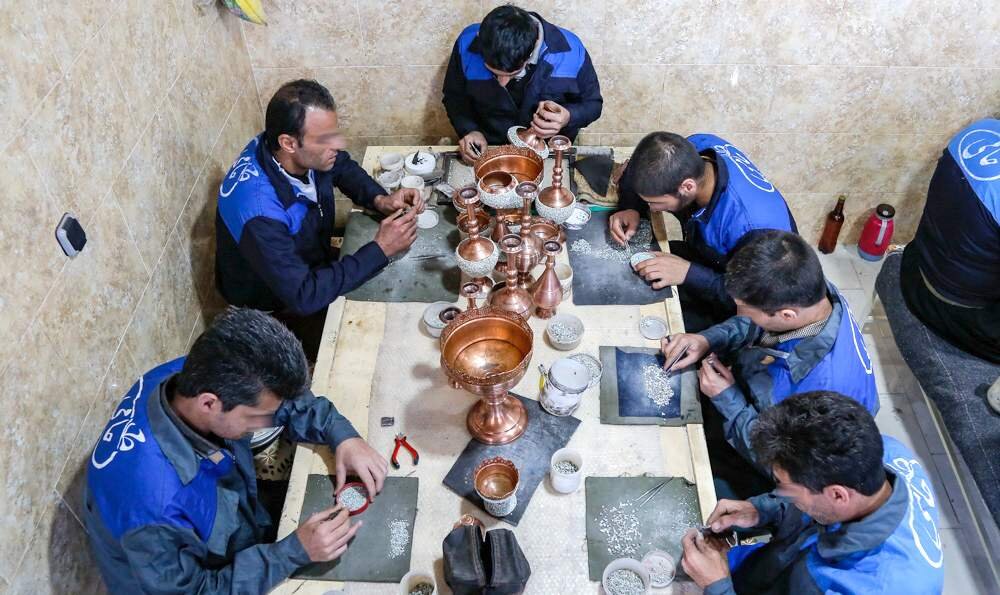Handicraft courses help provide jobs for inmates, official says

TEHRAN – Providing jobs for inmates is one of the benefits of craft courses offered at prisons throughout southwestern Bushehr province, the provincial tourism chief has said.
Courses in handicrafts provide an income source for prisoners as well, CHTN quoted Esmaeil Sajadimanesh as saying on Tuesday.
Handicrafts can provide support for the deprived and needy sections of society, which when accompanied by training, creates the conditions for sustainable employment, the official added.
The prisoners and even their families can be empowered through the training courses as markets for their products have been set up already, they can succeed, he noted.
In October 2020, the Ministry of Cultural Heritage, Tourism, and Handicrafts signed a memorandum of understanding with the Prisons, Security, and Corrective Measures Organization to create jobs and make income for prisoners.
The MOU also aimed at implementing special educational and promotional programs, identifying talented prisoners, and improving their social status.
The deputy tourism minister Pouya Mahmoudian said that handicraft products made by prisoners have been displayed in various exhibitions, and the income generated from selling these products has been returned to the prisoners and their families.
With 14 entries, Iran ranks first globally for the number of cities and villages registered by the World Crafts Council, as China with seven entries, Chile with four, and India with three ones come next.
In January 2020, the cities of Shiraz, Malayer, and Zanjan and the village of Qassemabad were designated by the WCC- Asia Pacific Region, putting Iran’s number of world crafts cities and villages from ten to 14.
Shiraz was named a “world city of [diverse] handicrafts”. Malayer was made a global hub for woodcarving and carved-wood furniture. Zanjan gained the title of a “world city of filigree”. And Qassemabad village, which is nationally known for its traditional costumes, was also promoted to a world hub of handicrafts. Chador Shab, a kind of homemade outer garment for women, was, however, the main subject for the WCC assessment for the village.
ABU/ AFM

Leave a Comment